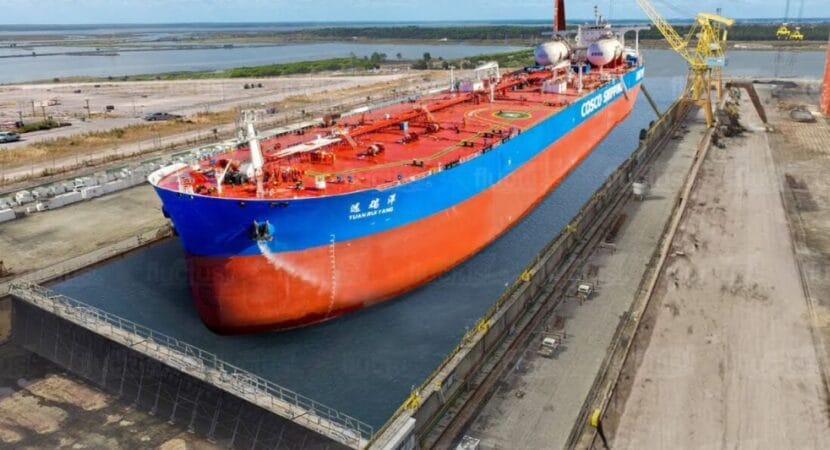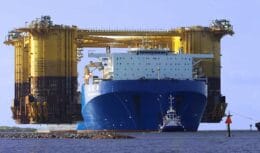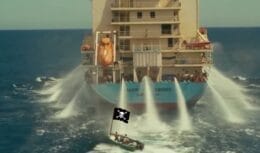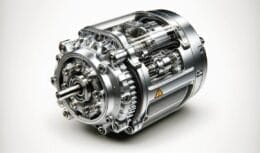
Exploring the intricate process of docking giant ships, this report uncovers operations in dry docks, where monumental vessels are maintained and repaired, ensuring their safety and efficiency on the global maritime scene.
Giant ships, from cargo ships to oil tankers and cruise ships, are colossal machines that require meticulous maintenance, especially their underwater components. These giants of the sea are taken to dry docks, areas specially built to allow complete maintenance of vessels. This process, essential for the integrity and operability of ships, takes place in shipyards equipped with dry docks, facilitating inspections and repairs.
Ships are complex structures, containing massive moving parts that need constant lubrication and care. These procedures extend to electronic systems and external parts, often damaged by corrosion and other wear. Underwater maintenance, crucial for the longevity and efficiency of ships, is carried out in dry docks – ship workshops where ships are inspected and repaired.
Why do giant and small ships need to go to shipyards?
During docking, which must occur at least twice every five years, the ship is meticulously inspected. Divers and technicians assess the hull and components such as propellers and rudders, while techniques such as hydrojetting remove algae, barnacles and rust. The use of antifouling paints protects against corrosion and the growth of marine organisms, contributing to the conservation of the ship.
Shipyards, in addition to building new vessels, play a vital role in maintaining giant ships, ensuring their maritime safety and operational efficiency. With technological developments, high-pressure cleaning devices minimize the need for frequent docking, allowing for minor maintenance in the open sea.
Dry dock maintenance
Drydock maintenance is a significant investment for ship owners, reflecting the importance of keeping these massive structures not only operational but also safe for global navigation.
What was most surprising was the complexity and scale of the operations required to maintain these marine colossi. Docking giant ships is not just about getting them out of the water, it is a thorough process that involves detailed inspections, specialized repairs and the application of advanced technologies to preserve the vessels' structural integrity. The ability of shipyards to accommodate these giants and the technology used to protect the ships' hulls against marine organisms and corrosion are notable aspects that highlight the critical importance of naval maintenance.
Hydrojetting technique on shipyards

Not to mention the hydrojetting technique, which uses high-pressure water jets to clean the ship's hull, is impressive for its effectiveness in removing scale without damaging the structure. The idea that something as simple as water can be turned into such a powerful tool for naval maintenance is remarkable.
Another fascinating point is the use of antifouling paints on ships' hulls, which not only serves to protect the vessel against harmful organisms but also plays a vital role in preserving the marine environment. These paints contain compounds that prevent the growth of marine life on the hull, reducing drag and improving fuel efficiency, which reveals an intelligent combination of engineering and environmental concern.
Finally, the strategy of minimizing frequent docking through high-pressure cleaning devices, such as diver-controlled magnetic robots, highlights continued innovation in the sector. This not only reduces operating costs for ship owners but also reduces environmental impact, showing a significant effort towards more sustainable maritime operations. These nuances of the giant ship docking process reveal a world of sophisticated, environmentally conscious marine engineering that underpins global trade and the shipping industry.













